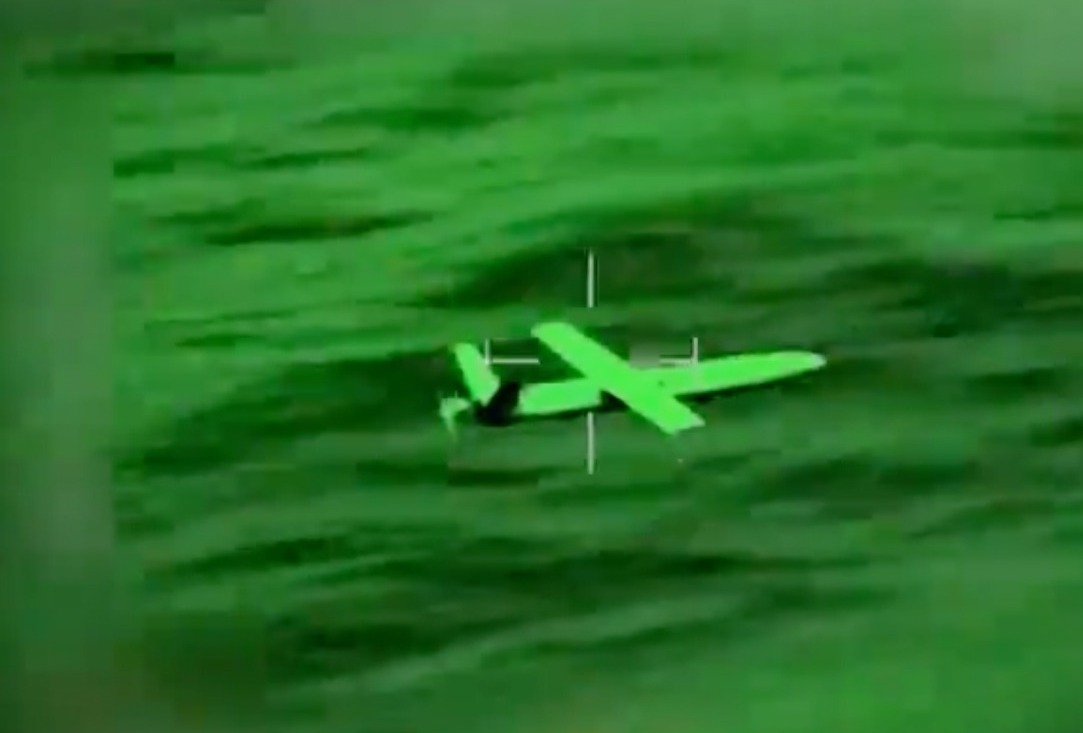The multinational presence in the Red Sea has failed to supress Houthi attacks from Yemen on merchant shipping in the Red Sea.
Open-source assessment makes this clear. Data collected by the IMF-Portwatch project captures the massive drop-off in ships transiting the Suez Canal, from about 73 merchant vessels each day in mid-December last year falling to a daily average of roughly 33 at present. Revenue for the Suez Canal has also plummeted as longer routes around the Cape of Good Hope are preferred.
The coalition efforts – one led by the United States, another the separate EU Aspides operation – have at times reduced the tempo of Houthi attacks. Destruction of missile stocks and launch sites, with associated infrastructure, has had a temporary effect. But Houthi attacks have continued nonetheless, demonstrating a resilience built up under attack from Saudi and UAE forces from 2014 when the civil war in Yemen intensified, and a persistence that no adversary has yet managed to counter.
The latest high-profile strike sparked fears of a major oil spill from a damaged and disabled Greek-flagged vessel.
The Houthis have declared that British, US and Israeli ships, and those visiting Israeli ports, will be targeted. In practice, many “innocent” ships have been attacked, including Chinese vessels and “dark fleet” tankers carrying Russian oil. But while the Houthis may not be able to identify vessels correctly, they are able to detect and locate vessels as they move along the international shipping lanes, and have not been overly concerned about the misidentifications.
Reports from ships’ masters under attack almost always record the presence of small boats in the vicinity prior to attacks.
A key element of the Houthi capability to maintain an up-to-date maritime intelligence picture appears to have been the input provided by Iran.
Prior to the Houthi anti-shipping operation, Saudi authorities had accused the Iranian-owned MV Saviz of being an intelligence-gathering merchant vessel and of re-supplying the Houthis onshore with small workboats. The Saviz was damaged by an unattributed limpet mine attack on 6 April 2021, but was replaced by an identical ship, the MV Behshad, in July 2021. Neither vessel had obvious trade routes in the region, and both had been previously identified docking in Iranian military ports.
“The Behshad, which outwardly looks like a standard dry bulk carrier,” reported the Financial Times in March, “moved to the Gulf of Aden in January after years in the Red Sea, just as attacks on vessels surged in the vital waterway off Yemen.”
The intelligence role of the Behshad appeared to be confirmed when Iran’s permanent representative at the UN in New York warned the United States against any form of attack on the vessel, while a video distributed by Iranian military described the ship as a “floating armoury”.

The exact role the MV Behshad has played in the Houthi anti-shipping campaign is a matter of conjecture but is likely to have been clear to intelligence agencies. Photographs show both the Beshahd and the Saviz are equipped with two standard maritime radars, mounted unusually high on a forward mast and on another mast atop each ship’s rear superstructure. This height would give the radar a line-of-sight range approaching 100 kilometres, more than adequate to monitor adjacent international shipping lanes. In a typical merchant vessel radar installation, a standard fit for navigation and collision avoidance, the radar return is integrated with a chart plotter and with aggregated data provided by Automatic Identification System (AIS) transmitters on ships. Even if a ship is travelling with its AIS switched off, radar returns alone will be able to detect and locate a vessel, and determine its speed and course. The Behshad would have been able to supplement this information with visual reporting from small boats – either launched using the Behshad’s own derricks or local fishing boats co-opted into the intelligence collection effort.
In February, reports emerged of a major cyberattack targeting the Behshad. The ship loitered in the region for a few weeks afterwards and by April had moved to an anchorage off Bandar Abbas harbour, near the southern city in Iran, where it remains.
Yet Houthi attacks have continued unabated. This suggests that the Behshad’s suspected intelligence collection operation techniques are now being performed by other, probably smaller, vessels relying on anonymity to avoid interdiction.
Iran makes extensive use of small boats closer to home, often sending speedboats out on long-range cruises disguised as fishermen or smugglers and into neighbouring countries’ territorial waters. The radar range of smaller vessels, if used in the Red Sea, would not be as great as that of the Behshad. But smaller vessels could use their anonymity to loiter closer to international shipping lanes, from where they could also use visual observations. Reports from ships’ masters under attack almost always record the presence of small boats in the vicinity prior to attacks.
It took months for the Behshad’s suspected role in anti-shipping attacks to be shut down. The challenge for coalition partners, often burdened with cumbersome decision-making processes, will be to respond again – but with greater urgency. Militarily weaker than its adversaries, Iran and its allies nonetheless appear to have the advantage of a nimbler tactical decision-making capability.

